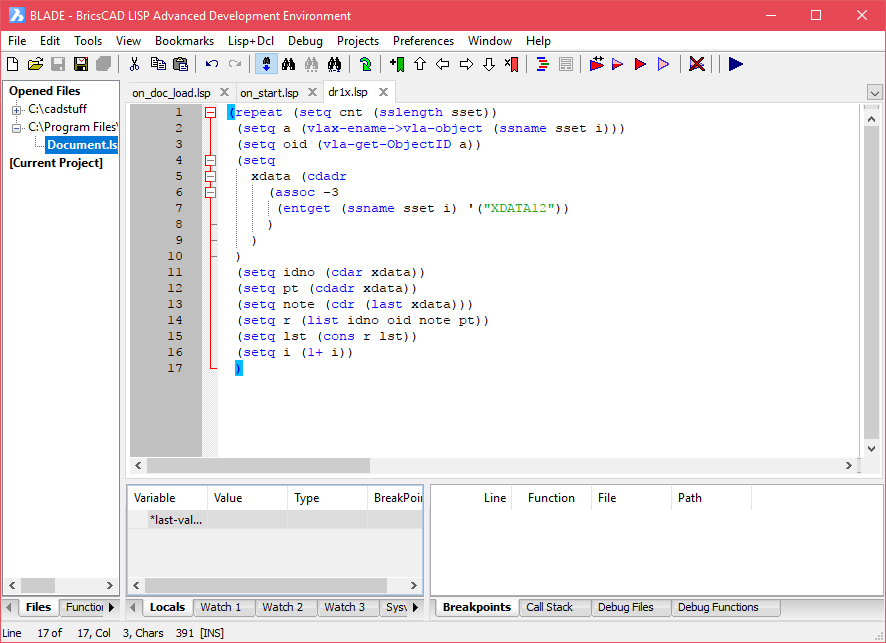

- #BRICSCAD SUPPORT FILE SEARCH PATH FONT PDF#
- #BRICSCAD SUPPORT FILE SEARCH PATH FONT SOFTWARE#
- #BRICSCAD SUPPORT FILE SEARCH PATH FONT CODE#
There are a few things to mention about the code I’ve constructed: (vla-put-ActiveProfile make the profile active (vla-importprofile proprefs profile_name profile_import :vlax-true) if not already there, load profile (if (not (member profile_name names)) check if your profile is already loaded (setq names (vlax-safearray->list namesarray)) create a NAMES variable to search (vla-getallprofilenames proprefs 'namesarray) obtain all valid profiles (setq proprefs gets all profiles from BricsCAD (setq profile_import "O:\\BricsCAD v19 Installation Files\\Custom Profile.arg") point to your ARG file here, note double \\ (setq profile_name "Custom Profile") set the profile name here Here is that code: (vl-load-com) Load LISP ActiveX support and set some useful variables This automatic load/execute behavior can be used to your advantage to automatically load a profile and set it current if you know the code to do it. When BricsCAD starts up it automatically looks for an AutoLISP file called ON_START.LSP and executes any code it finds in the file. Now you’re ready to start importing profiles to the user machines. (Note: I like to use the installation files directory where I keep installer files and batch procedures for consistency.)

In BricsCAD key in PROFILEMANAGER at the command line and click the CREATE button to create a new profile.After you’ve done your homework here are the steps to follow: Take whatever time you need to get your test machine perfectly setup before you proceed to the next steps. Now your challenge is to get BricsCAD all set up the way you’d like your users to run it. Note: If you’re familiar with managing AutoCAD based tools, you’ll find BricsCAD very, very similar. Once you have a single machine setup to your liking, all these parameters may be bulk exported to a profile (ARG) file that can be subsequently imported into other user’s machines so that the setup of all machines can be consistent.

A universe of settings that defines everything from dimension styles, to text styles, to DGN translation parameters, cursor settings, etc.
#BRICSCAD SUPPORT FILE SEARCH PATH FONT PDF#
Printers/plotters or PDF utilities to print to, device calibration and page setup files, etc. Where files are stored, where to find various device drivers, folders to trust, font locations, etc.ĭrivers and devices. These configuration parameters can be loosely categorized as follows:įiles and folders. Like most any computer program BricsCAD needs to be configured to operate in your specific environment. In this installment we’ll explore how you can use a little bit of AutoLISP code and profile (ARG) files to get BricsCAD setup perfectly for your users from the very first time they start the software. The good news here is that BricsCAD makes the process easy if you know a few key pieces of information.
#BRICSCAD SUPPORT FILE SEARCH PATH FONT SOFTWARE#
Yet installing the software is only part of the startup effort since you’ll certainly want to have a standardized profile that is customized to your unique environment. In our last post we talked about automating the installation of BricsCAD using a variety of command line switches to assist in deploying large quantities of seats.


 0 kommentar(er)
0 kommentar(er)
